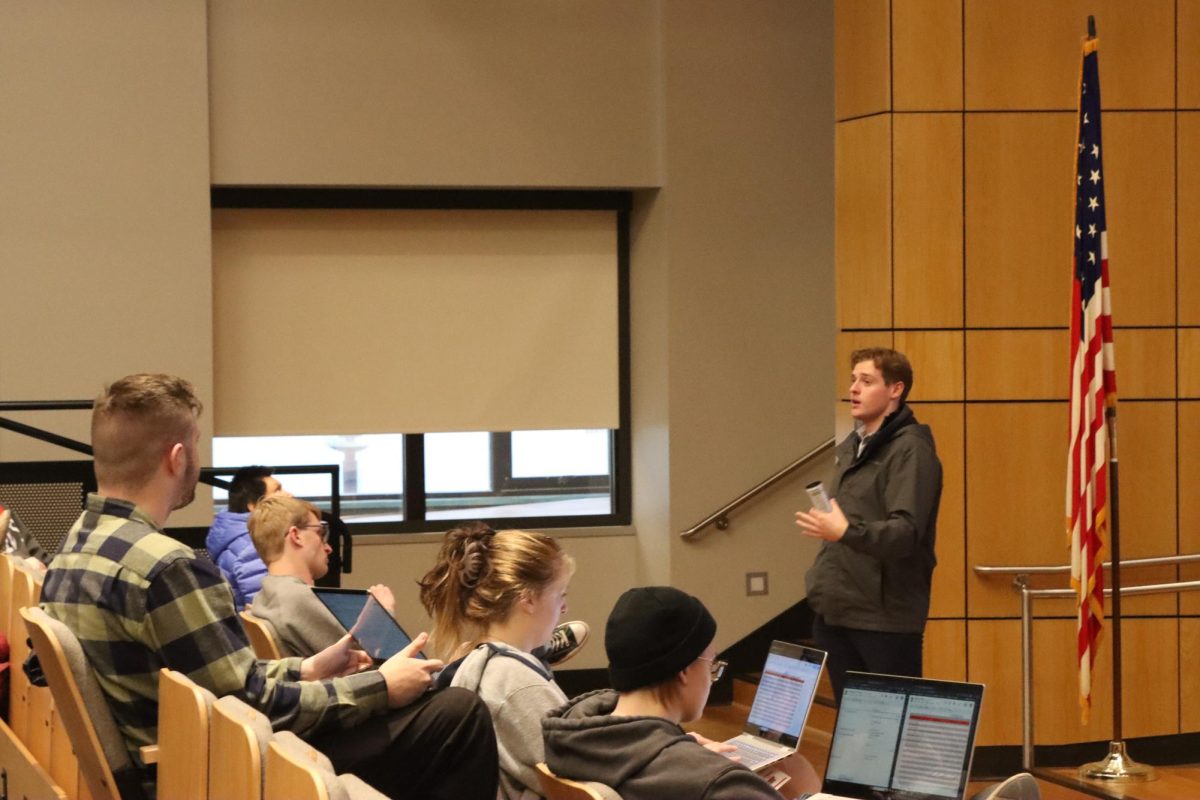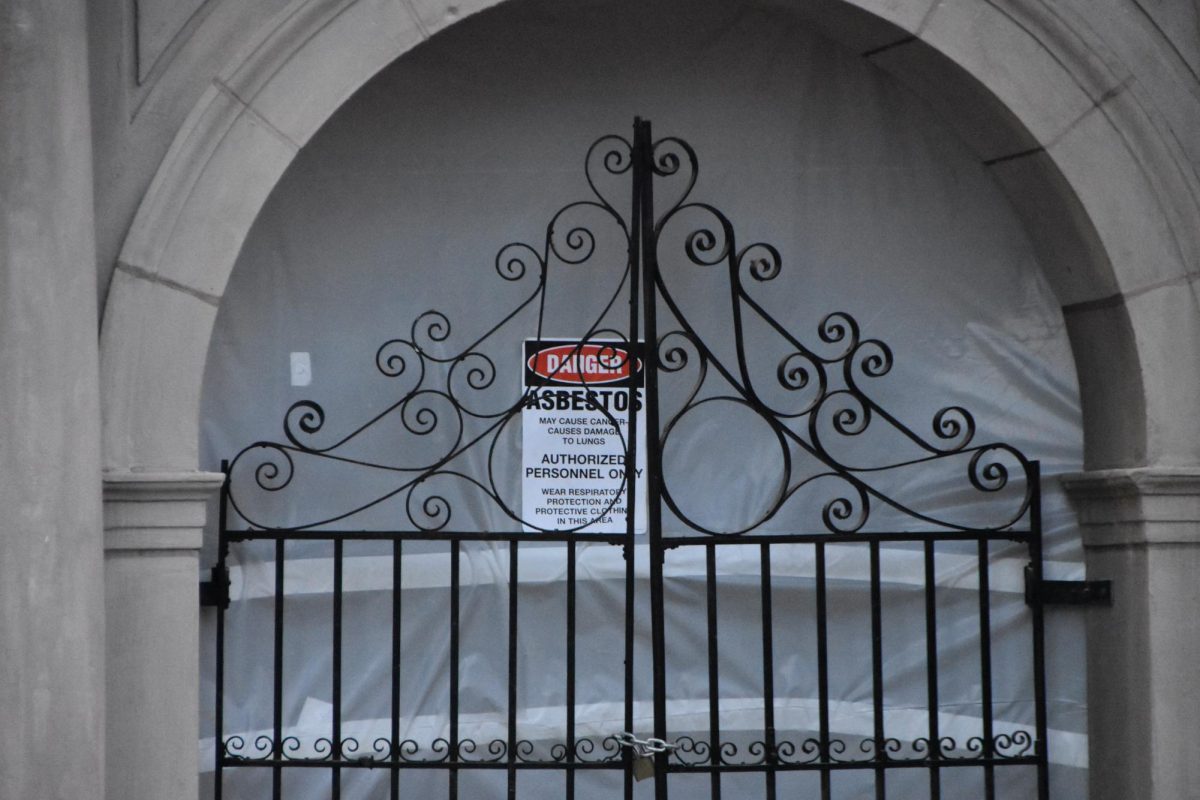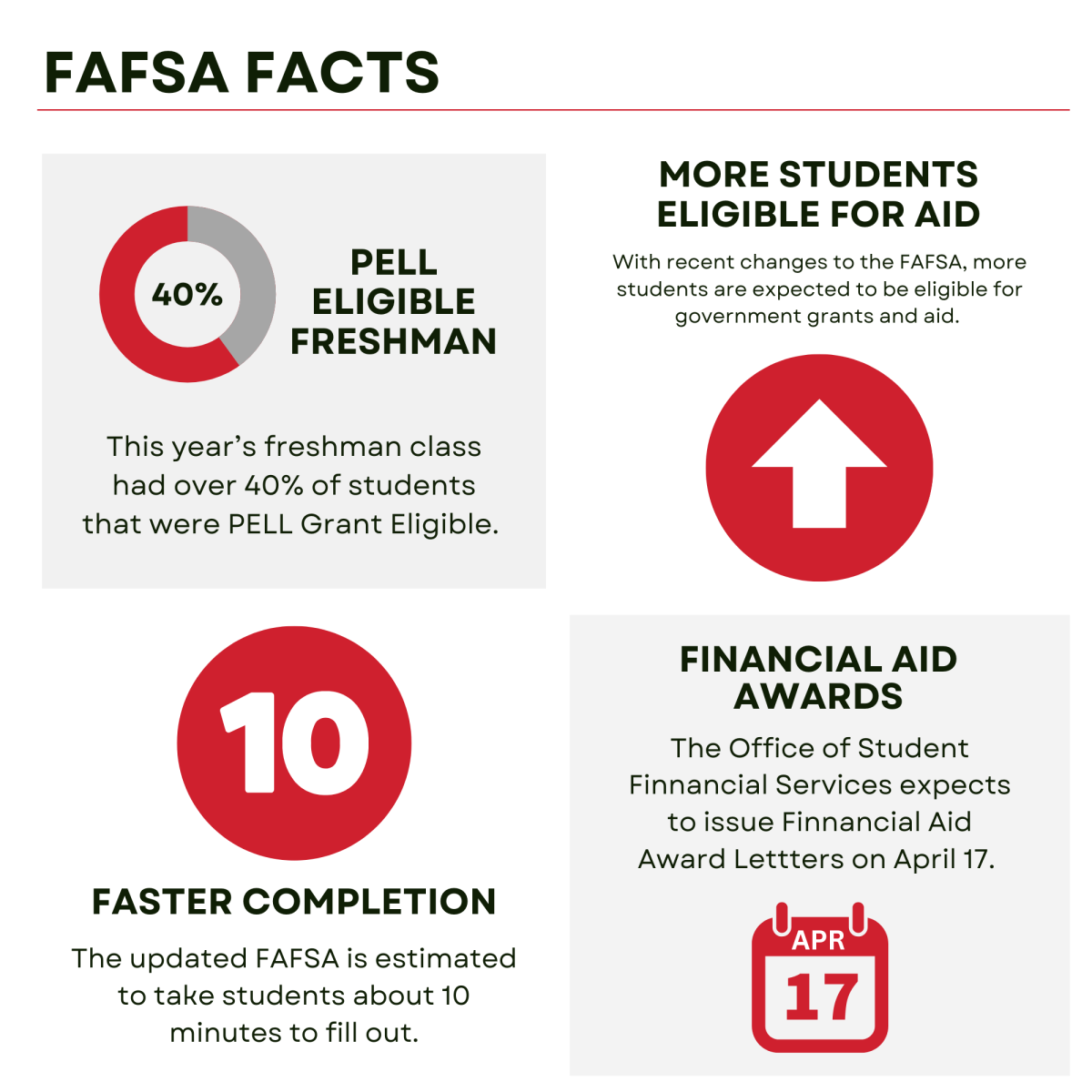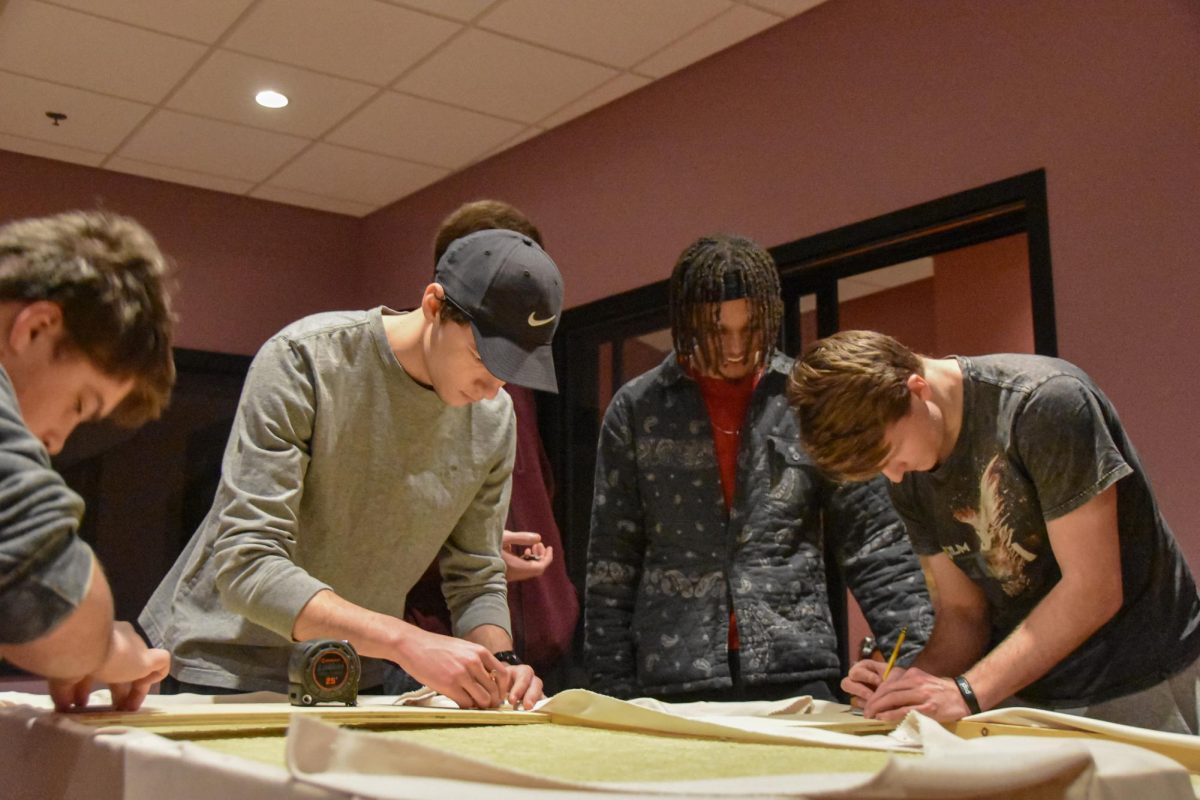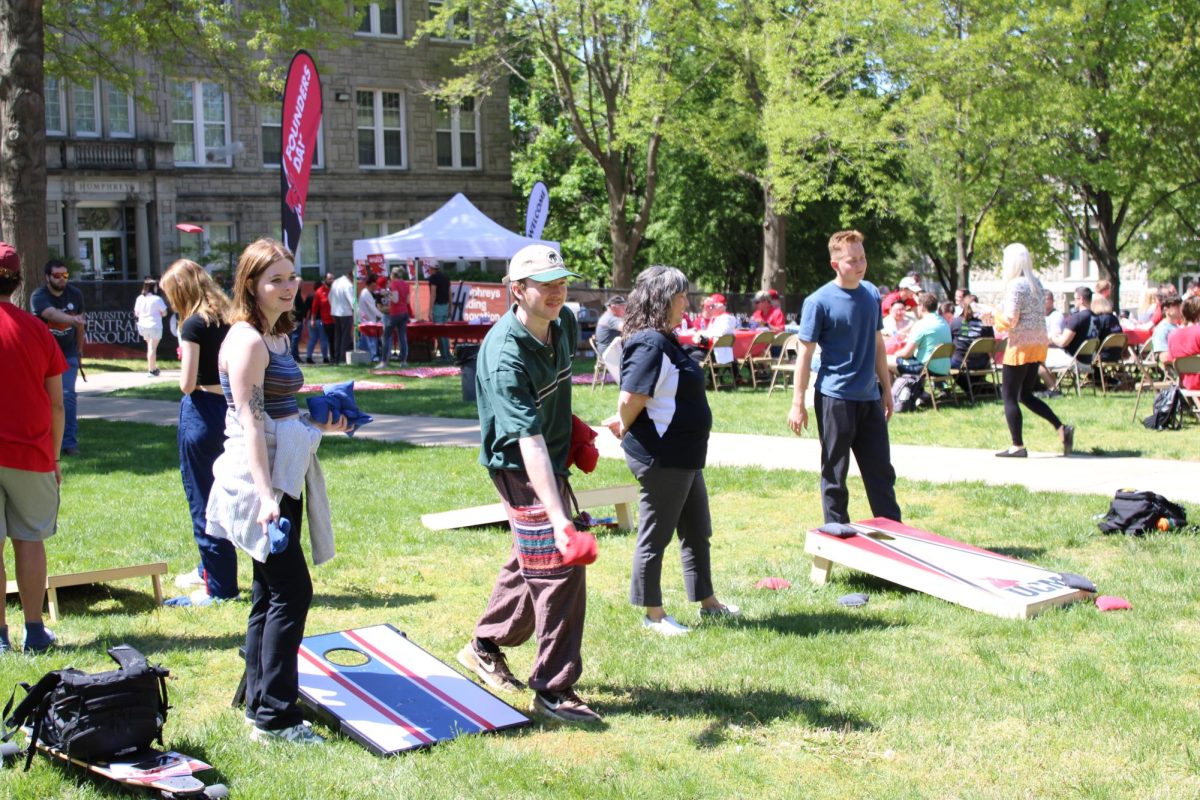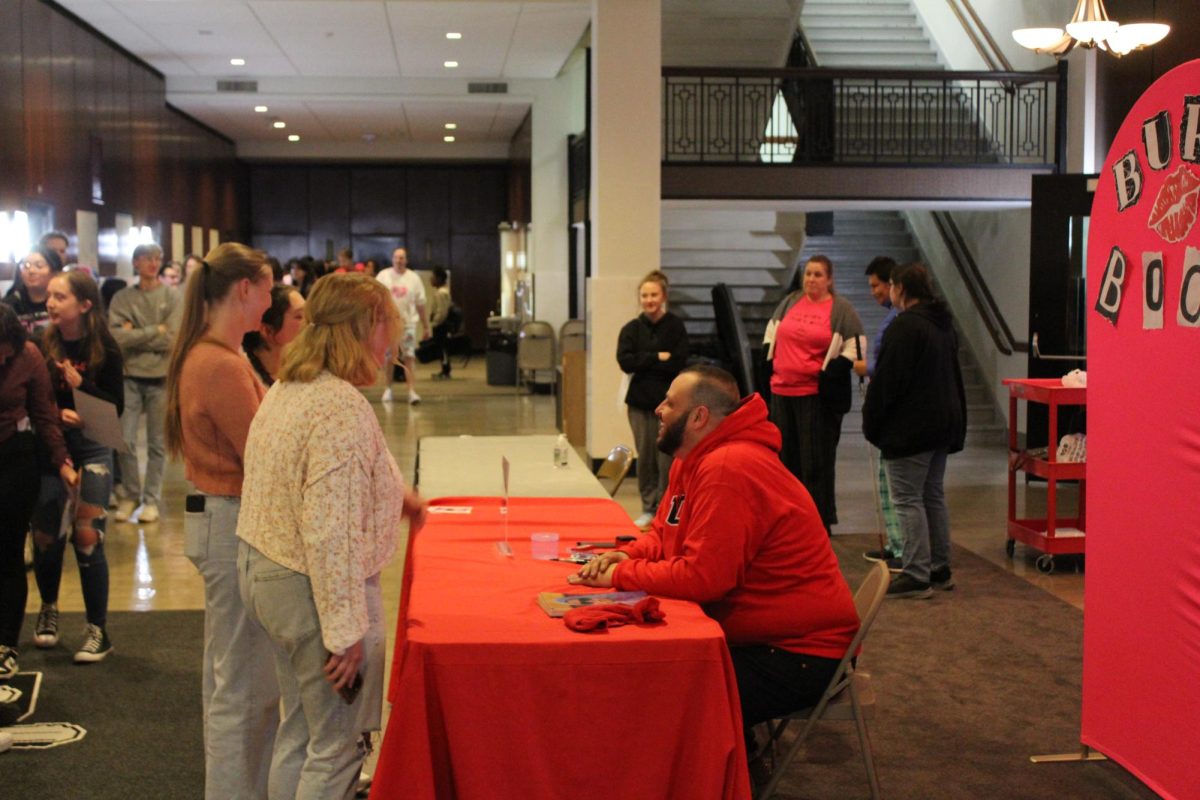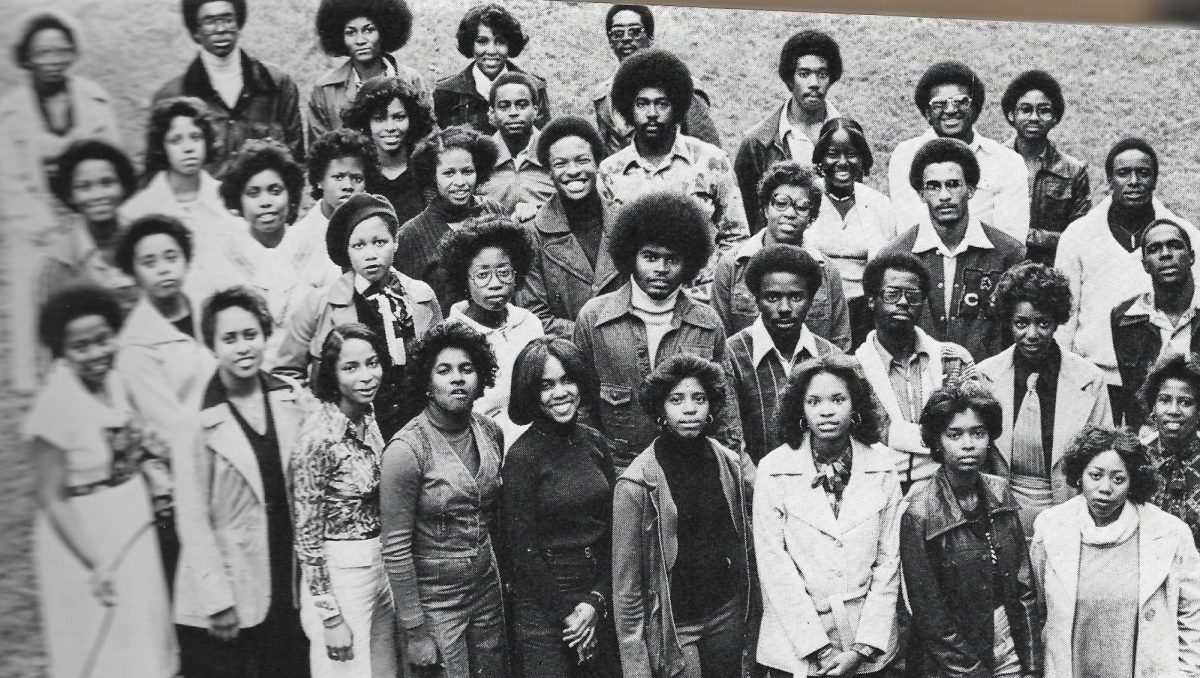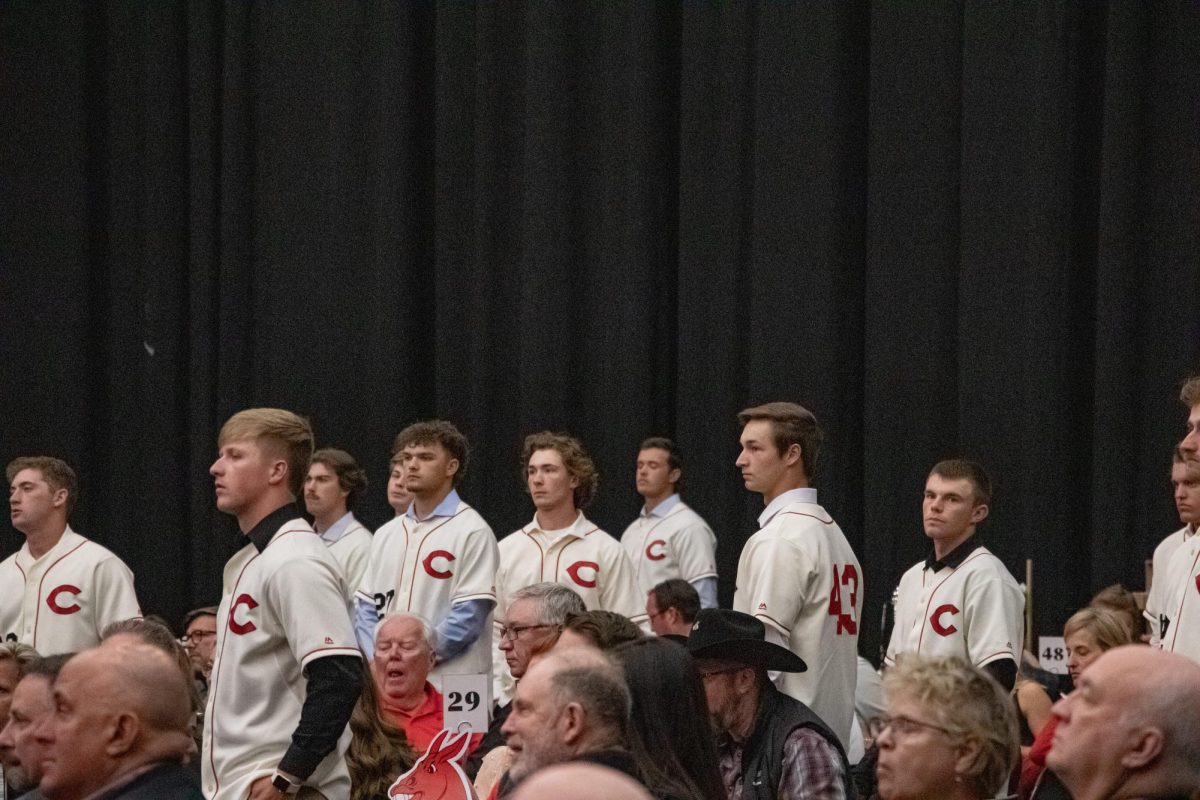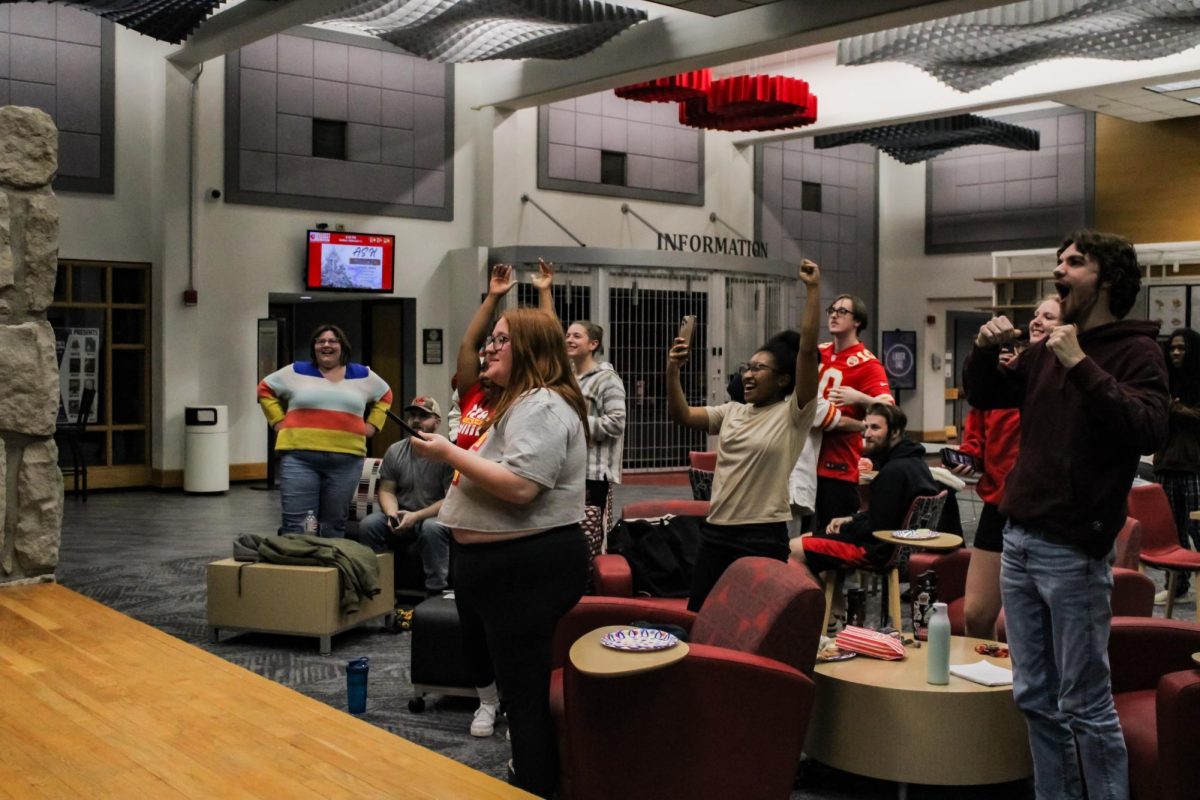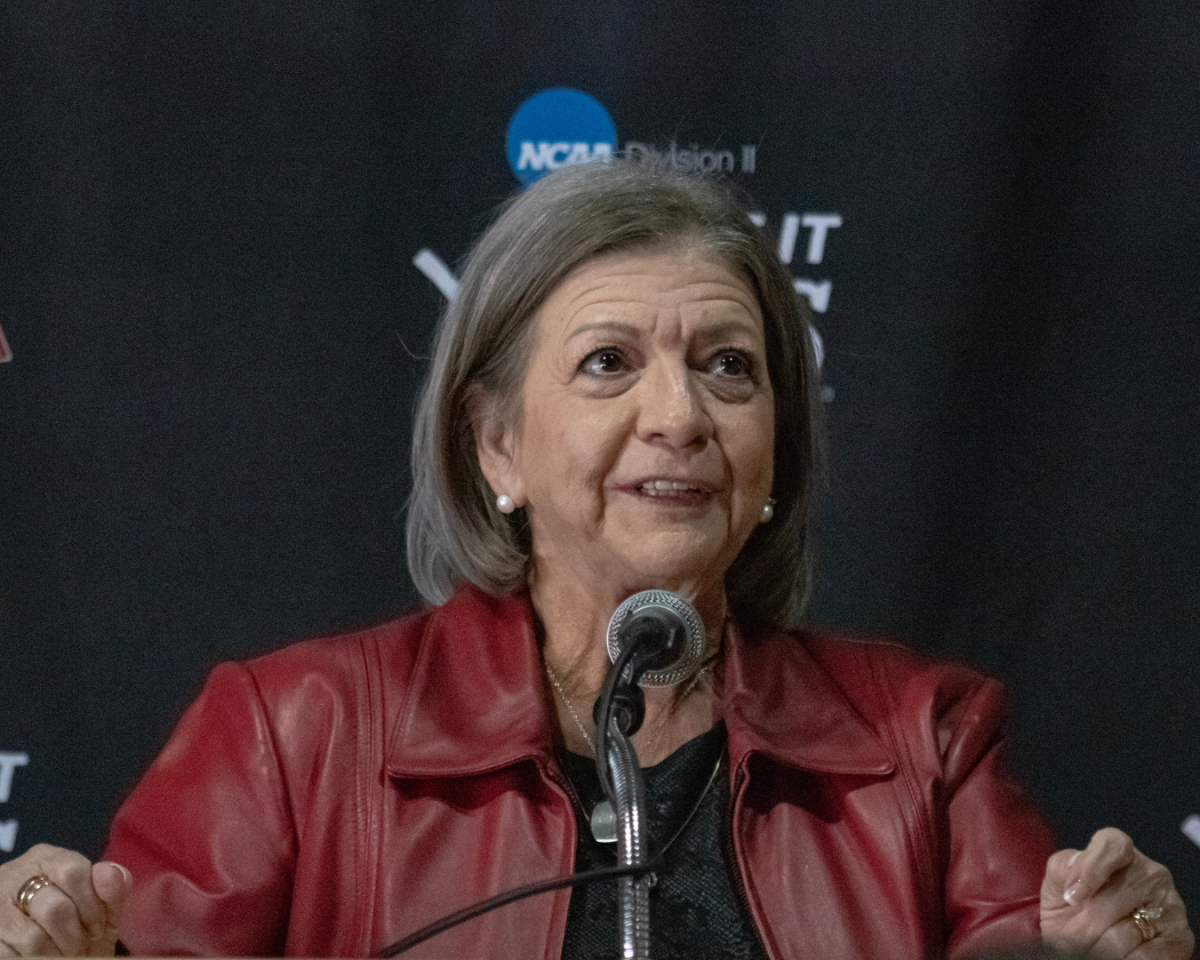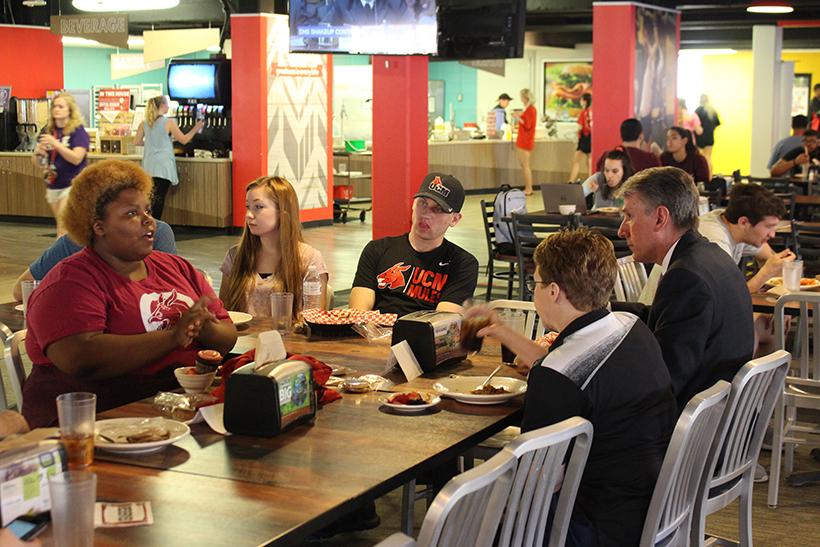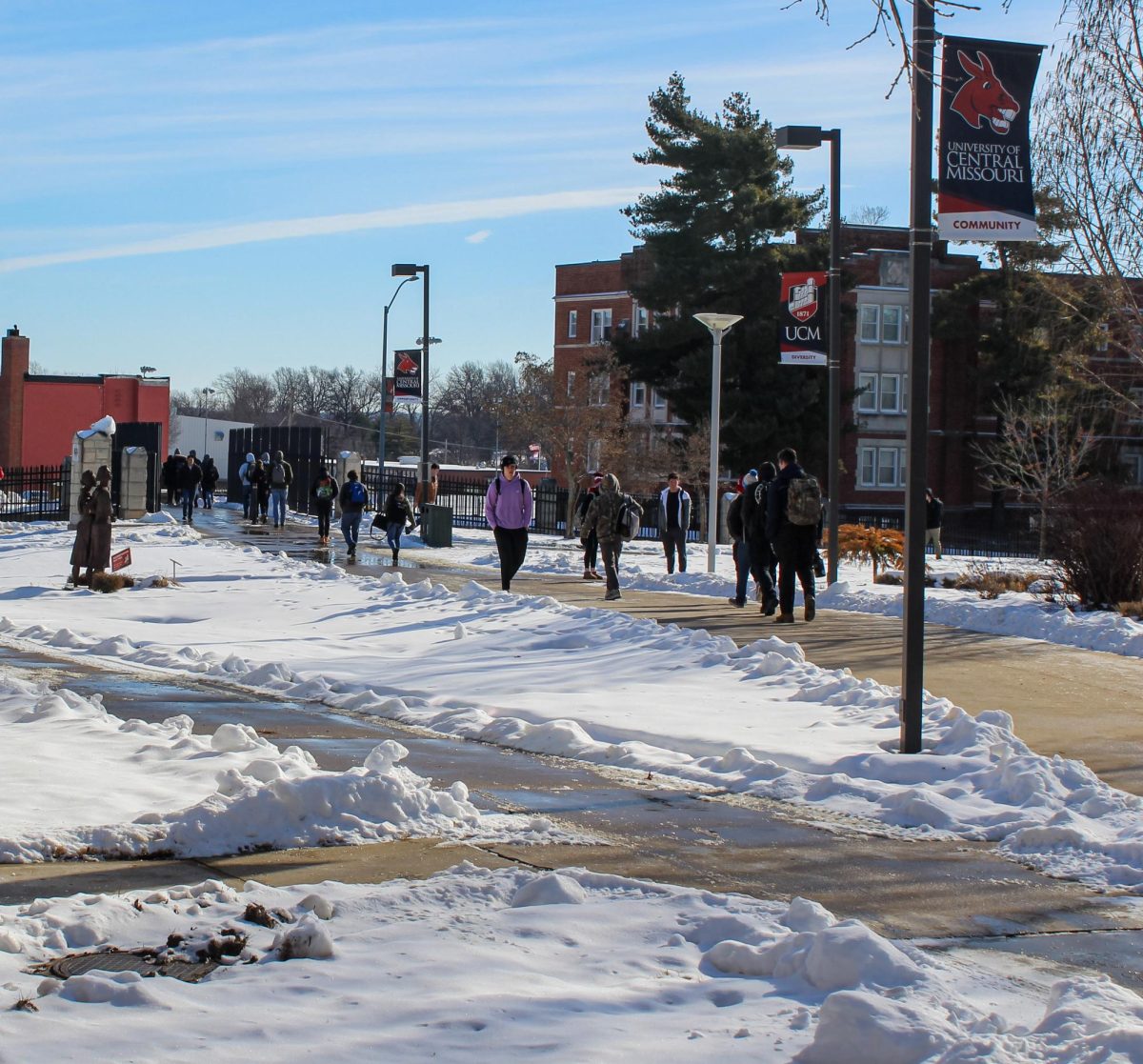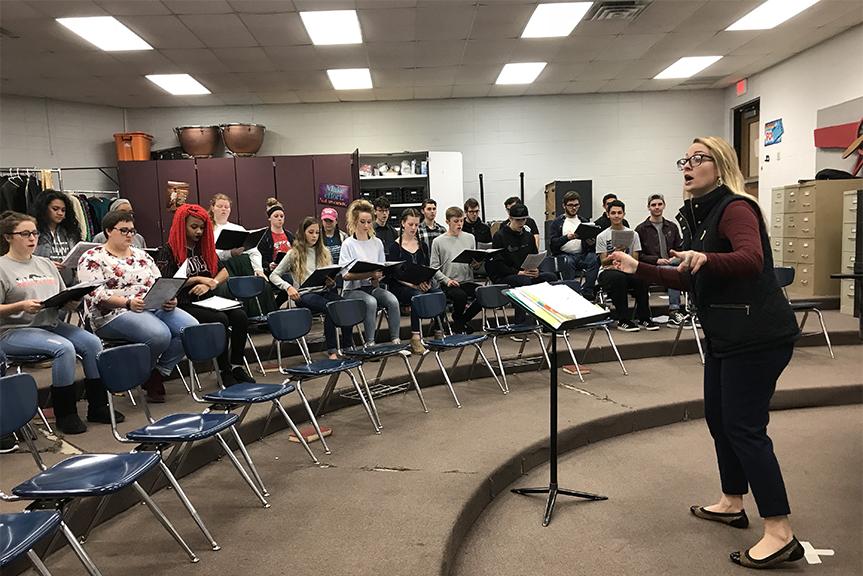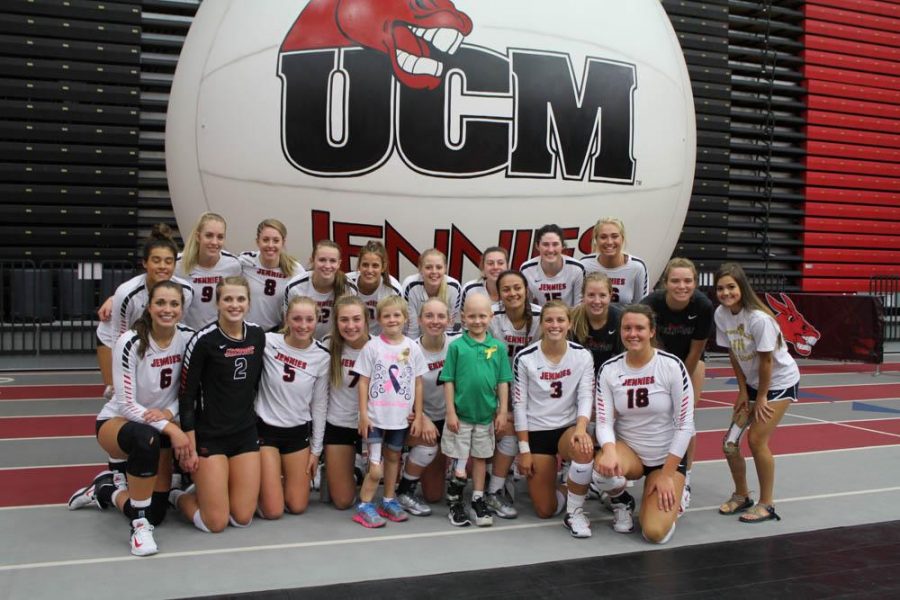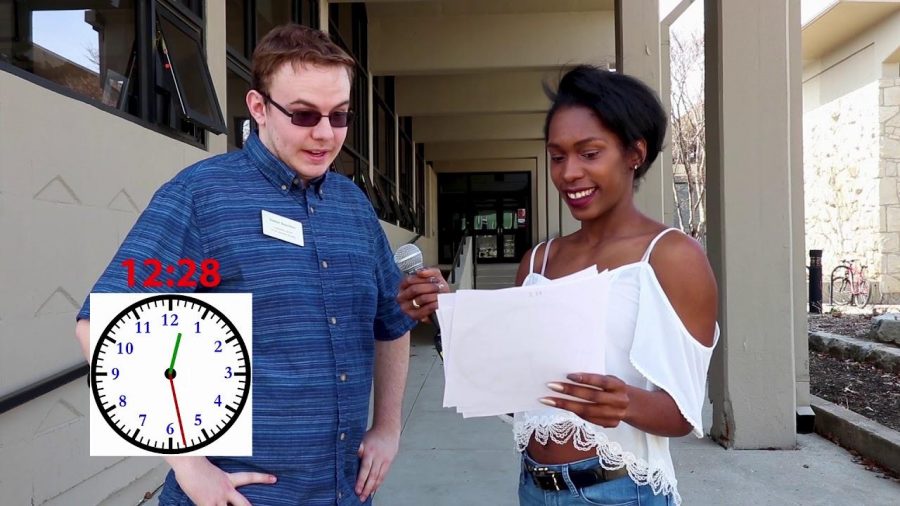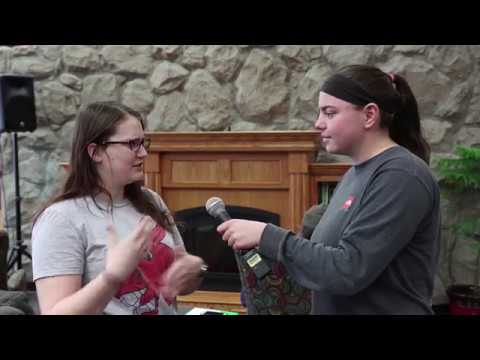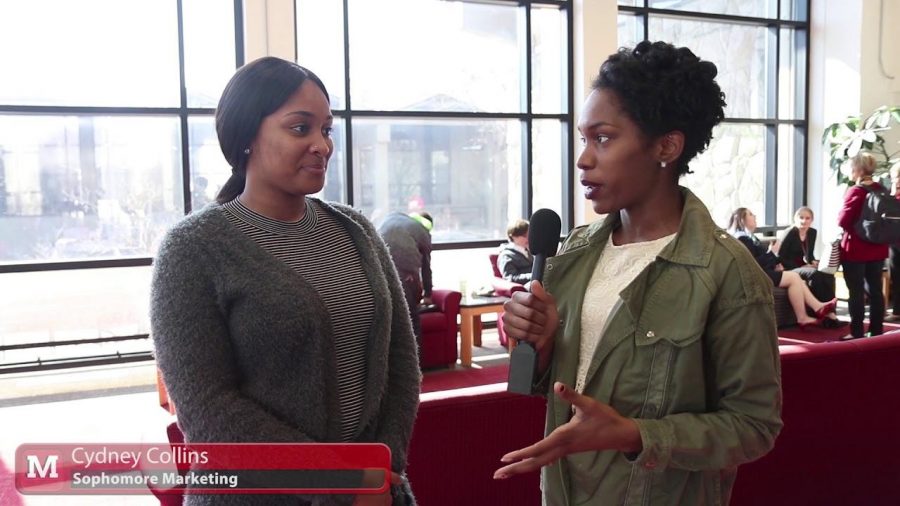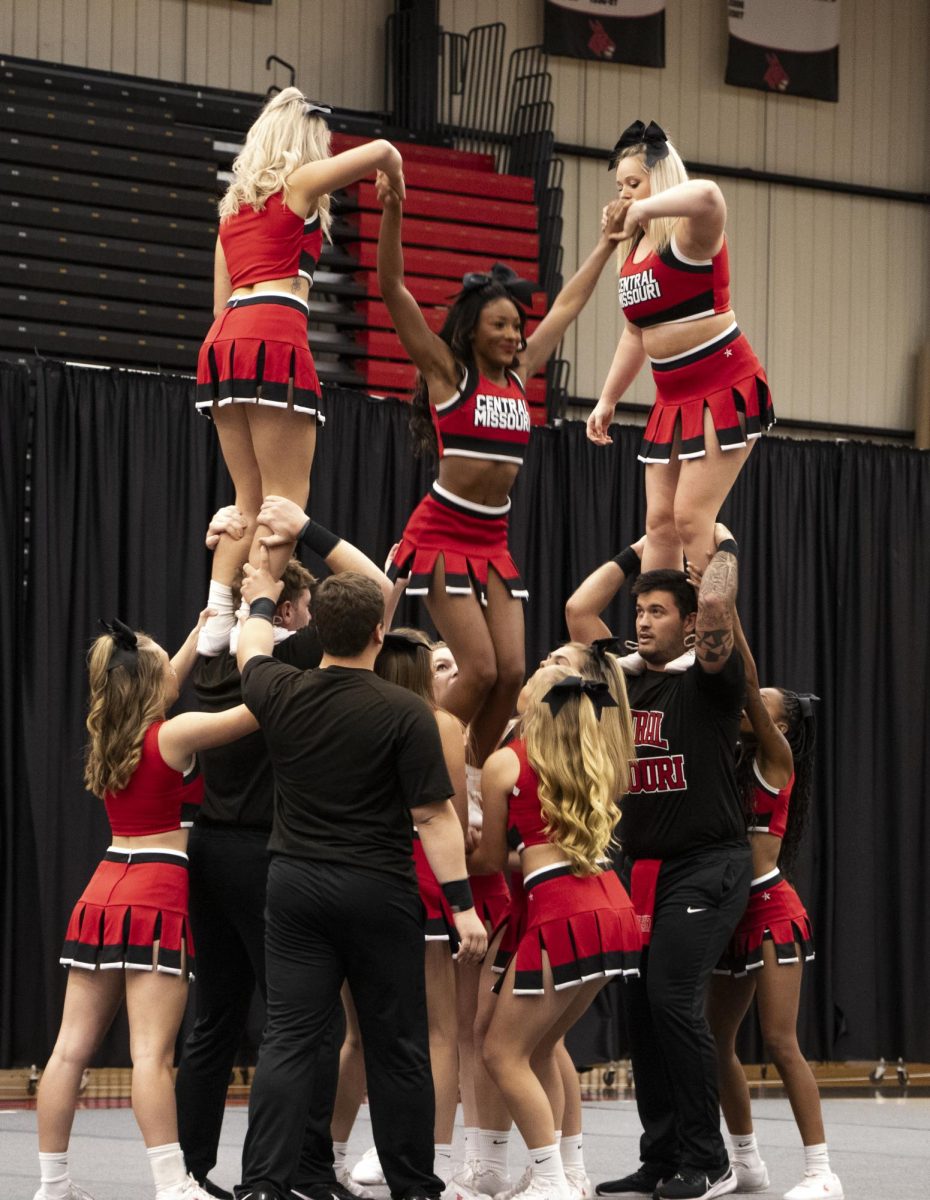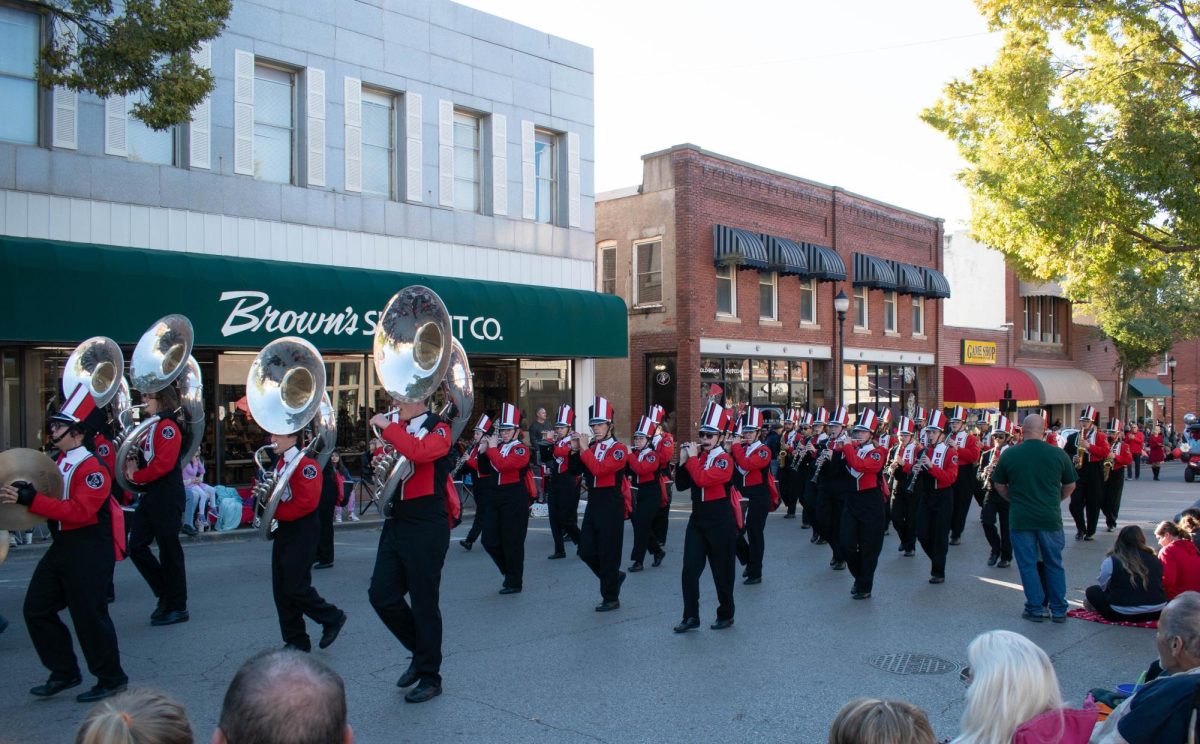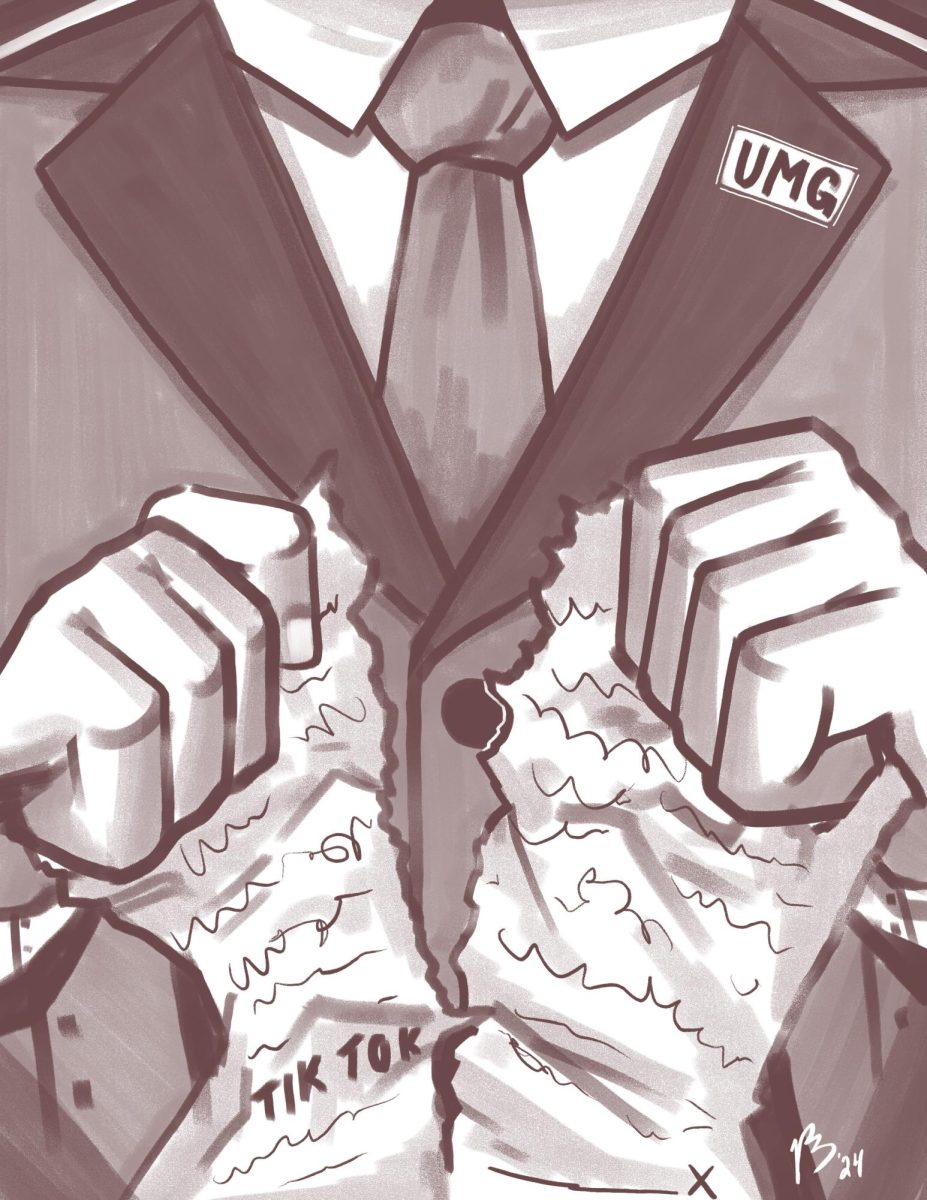The Associated Press
The Joplin Globe, Dec. 26
Preserving a Civil War battlefield in Missouri:
Before it was a fight between North and South, the American Civil War was a western war. Much of what happened in that war happened out here first — on what was then the frontier.
Violence erupted here early when Kansas, ripe for statehood, provoked the question: slave state or free? Missourians had a ready answer that included hijacking their neighbor’s elections “at the point of a Bowie knife and a revolver,” as was said at the time. The frontier is where John Brown grew increasingly radicalized, answering Missourians with razor-sharp rhetoric and broadswords. And it was out here that the seeds were first planted for his raid on Harper’s Ferry.
It also was in the west that African-American units saw their first combat of the war.
And it was here that the western generals who would later win the war — Ulysses Grant, William Sherman, Philip Sheridan — realized that the hard war and scorched earth practices of the frontier had to be brought to the Confederacy in the east to break the South.
And, in the West, armies were marching, cannons were roaring and men were bleeding and dying in the tall grass before the rest of the nation ever heard of a small creek called Bull Run.
Yet so much of what happened here is eclipsed and overshadowed by events back east and often ignored.
However, steps were taken recently to help remedy that.
The National Park Service has authorized a grant of more than $105,000 to help protect part of the land that was fought over north of Carthage on July 5, 1861, a battle that at the time was described as “the first serious conflict between the United States troops and the rebels.”
Aside from the state’s acquisition of a little more than seven acres of land, and the erection of a kiosk at Carter Spring some years back, little has been done — until now — to protect the battlefield and to preserve it for future generations. But now that money will help acquire a conservation easement that will protect 180 acres.
It is a good beginning, but it is only a beginning.
Perhaps the day is not far off, either, when Newtonia will join the list of protected federal battlefields and military parks.
We have an important story to tell the nation. In fact, no understanding of the American Civil War will be complete without appreciating what happened on the frontier and acknowledging its primary place in the drama.
Preserving part of the Battle of Carthage is a big step toward taking the frontier out of the shadows.
___
Jefferson City News Tribune, Dec. 27
Nixon releases funds for Capitol repairs:
Gov. Jay Nixon included a tacit message with his most recent release of additional state spending.
Although the governor favors financing improvements to the Capitol and state parks, he remains cool to construction of a new state office building favored by lawmakers.
On Christmas Eve, Nixon released another $40.1 million in state spending he previously had frozen.
Readers will recall that Nixon had restricted $400 million in spending from the budget that takes effect July 1. The Democratic governor argued the withhold might be necessary to balance the budget if lawmakers failed to sustain his veto of an income tax cut favored by majority Republicans.
The veto was sustained and Nixon subsequently has been releasing funds, including: $215 million for education; $2 million to design a new state mental health facility; $11 million for Fulton State Hospital; and, last week, the $40.1 million.
The most recent total includes: $18 million for sealing and waterproofing the Capitol exterior; $7 million for repairs and maintenance at state facilities; $5 million for projects at state parks; and $10.1 million for dental, small business and literacy programs.
“Sound fiscal management allows me to release these funds that can be put to use in several state programs and make long-term capital improvements,” the governor said.
Limits on the release remain; still frozen is $134 million for other initiatives, including construction of a new state office building at the Missouri State Penitentiary (MSP) Redevelopment site. Although specifics remain vague, discussion has included moving the state transportation agency to the MSP site, clearing the building near the Capitol for legislative staff and freshman lawmakers now housed at the statehouse.
The governor has been lukewarm to a new state office building since it was proposed by lawmakers in May. He said then the proposal “hasn’t changed my priorities, in the sense that the government needs to be behind the people.”
We await further detail about the proposed new office building.
We agree lawmakers are cramped in the Capitol; some mezzanine offices do not comply with ADA requirements. But government, like nature, abhors a vacuum; taxpayers must not finance sprawl that ultimately permits spacious, luxurious quarters for elected officials.
In the meantime, we applaud Nixon’s release of money for needed work at the Capitol.
We reiterate a point made in this forum in May that “the edifice, the artwork, the history and the symbolism” of our Capitol must not be allowed to deteriorate.
___
The Kansas City Star, Dec. 26
Decisions loom on Kansas City transportation projects:
Two major transportation projects in Kansas City went in opposite directions in 2013.
Plans to build a new terminal at Kansas City International Airport went off the rails.
But the first new streetcar rails in decades were laid in downtown.
In 2014, both projects need to move steadily forward. Tough decisions need to be made about how to renovate KCI and whether to expand the initial two-mile streetcar line.
— Last April the proposal for a single-terminal KCI was moving swiftly through City Hall.
“We’re either going to be on the cutting edge or we’re going to be left behind,” Mayor Sly James said after a City Council committee unanimously endorsed that plan.
But faced with strident public opposition to making any major changes, James wisely created a citizens committee that has met for months to review proposals for what to do at KCI.
The citizens panel has approached the job purposefully, as befits a project that could cost more than $1 billion. A consultant has been hired, and the group also is looking at some outside-the-box ideas on how to retrofit the current KCI.
However, the committee as well as the mayor and City Council must look beyond merely keeping the status quo because of KCI’s much-beloved convenience. They will have to determine whether building a new terminal could retain that convenience factor while also adding amenities that could help attract more flights and better serve millions of future customers.
Cities across the United States have constructed a handful of new terminals in recent years. Kansas City needs to look at the successes and mistakes made in building them before making final decisions about how to proceed.
James and the council should not allow a group of passionate defenders of the current KCI to control this process. After the citizens committee makes its recommendations — expected in April — City Hall needs to provide leadership on how to fashion an airport for the future.
In the likely scenario that some major upgrades are suggested, which could include construction of a single terminal, James and the council must outline reasonable ways to pay for the project and tell the public what benefits it would provide.
By the end of 2014, Kansas Citians should have had the opportunity to decide what the KCI of tomorrow will look like.
— Streetcar supporters enjoyed encouraging progress in 2013, capped by the installation of rails in the new Main Street bridge built over Interstate 670 late in the year.
In addition, City Council members pushed forward on an aggressive scheme to expand the streetcar line by eight to 10 miles by 2020 or so. A lengthy consultant’s plan outlined three potential routes.
The Star has long supported fixed rail for its potential to spur developers to reuse old buildings for businesses and housing, and to woo developers to add more housing in the heart of the city.
This aggressive option could cost around $400 million, and the city already has said it hopes to get half from the federal government. A large portion of funds could be raised through a higher sales tax and a larger assessment on properties roughly within a half mile on either side of an extended streetcar line.
This funding would require public votes, possibly by late 2014.
One big unknown is whether a delayed commuter rail proposal favored by Jackson County officials will make it off the drawing boards. If it does, funding sources for the streetcar and commuter rails systems might be wrapped into one tax election.
A bigger streetcar system has the potential to help pull together disparate neighborhoods in Kansas City and boost economic development. Making that case will take up much of 2014 for its growing number of supporters.
___
St. Louis Post-Dispatch, Dec. 27
Redistricting holds hope for return of America’s middle:
This just in: The 113th Congress is possibly the worst ever.
The gang that brought us the government shutdown and dozens of symbolic votes to repeal the Affordable Care Act has done less than almost any Congress ever.
Only 58 bills from this Congress became law, and the majority were of the naming-a-post office variety. Polls showed Americans wanted background checks on guns. They wanted immigration reform. They wanted a budget. They wanted the health care law to get better, not be stuck in neutral.
In 2013, the Gallup average for congressional approval is 14 percent, its lowest in history. It reached its nadir of 9 percent in November.
How did this happen?
One of the culprits behind congressional dysfunction is the way that most states draw the districts their politicians represent. It matters little that the majority of Americans want compromise if politicians run in politically safe enclaves where they answer only to the most rabidly conservative or liberal voters.
This process has created capitols, in the states and in Washington, D.C., where there is very little incentive for Democrats and Republicans to find middle ground. Moderates and independents have lost a voice.
There is hope, however, that the historic ineptitude of this Congress might be the tipping point. America’s great middle could rise up and take back some power.
In Illinois, for instance, a group of political activists from the left and the right have combined to seek to put a redistricting amendment on the statewide ballot in 2014 to bring more fairness to how political boundaries are drawn. The idea is to reduce political influence in the reapportionment process. Elected officials would have to answer to all voters, not just a select few.
Iowa has long had a much fairer way than most states of determining congressional and state legislative districts, including Missouri and Illinois. In Iowa, there is heavy reliance on demographics and so-called “communities of interest.” Incumbents often find themselves in primaries against each other after changes in the Census every 10 years.
In most states, lawmakers in a back room cut deals to make sure that incumbents of both parties are protected, and whichever party is in power tries to tilt the political maps in its favor.
Voters are striking back.
California voters in 2008 passed a statewide proposition that put the task of redistricting in the hands of a nonpartisan commission of citizens. Several other states, including Illinois, are now considering similar proposals.
Unfortunately for the Yes! For Independent Maps proposal in Illinois, constitutional issues mean the effort will affect only state legislative districts, and not congressional districts. But it’s a start. By relying on a citizen commission that must act in public and be free of undue political influence, voters will be better served. It’s simple common sense.
We have no doubt that if the Illinois redistricting proposal makes the ballot, it will pass.
In the meantime, groups like Common Cause and the League of Women Voters that are working on the issue in Illinois and other states should keep pushing. Missouri needs your help. So does every state that continues to allow political insiders to decide for themselves how best to hold onto their jobs.
Let this be the legacy of the worst Congress in history: It inspired America to fix the broken process that created it.
Before it was a fight between North and South, the American Civil War was a western war. Much of what happened in that war happened out here first — on what was then the frontier.
Violence erupted here early when Kansas, ripe for statehood, provoked the question: slave state or free? Missourians had a ready answer that included hijacking their neighbor’s elections “at the point of a Bowie knife and a revolver,” as was said at the time. The frontier is where John Brown grew increasingly radicalized, answering Missourians with razor-sharp rhetoric and broadswords. And it was out here that the seeds were first planted for his raid on Harper’s Ferry.
It also was in the west that African-American units saw their first combat of the war.
And it was here that the western generals who would later win the war — Ulysses Grant, William Sherman, Philip Sheridan — realized that the hard war and scorched earth practices of the frontier had to be brought to the Confederacy in the east to break the South.
And, in the West, armies were marching, cannons were roaring and men were bleeding and dying in the tall grass before the rest of the nation ever heard of a small creek called Bull Run.
Yet so much of what happened here is eclipsed and overshadowed by events back east and often ignored.
However, steps were taken recently to help remedy that.
The National Park Service has authorized a grant of more than $105,000 to help protect part of the land that was fought over north of Carthage on July 5, 1861, a battle that at the time was described as “the first serious conflict between the United States troops and the rebels.”
Aside from the state’s acquisition of a little more than seven acres of land, and the erection of a kiosk at Carter Spring some years back, little has been done — until now — to protect the battlefield and to preserve it for future generations. But now that money will help acquire a conservation easement that will protect 180 acres.
It is a good beginning, but it is only a beginning.
Perhaps the day is not far off, either, when Newtonia will join the list of protected federal battlefields and military parks.
We have an important story to tell the nation. In fact, no understanding of the American Civil War will be complete without appreciating what happened on the frontier and acknowledging its primary place in the drama.
Preserving part of the Battle of Carthage is a big step toward taking the frontier out of the shadows.
___
Jefferson City News Tribune, Dec. 27
Nixon releases funds for Capitol repairs:
Gov. Jay Nixon included a tacit message with his most recent release of additional state spending.
Although the governor favors financing improvements to the Capitol and state parks, he remains cool to construction of a new state office building favored by lawmakers.
On Christmas Eve, Nixon released another $40.1 million in state spending he previously had frozen.
Readers will recall that Nixon had restricted $400 million in spending from the budget that takes effect July 1. The Democratic governor argued the withhold might be necessary to balance the budget if lawmakers failed to sustain his veto of an income tax cut favored by majority Republicans.
The veto was sustained and Nixon subsequently has been releasing funds, including: $215 million for education; $2 million to design a new state mental health facility; $11 million for Fulton State Hospital; and, last week, the $40.1 million.
The most recent total includes: $18 million for sealing and waterproofing the Capitol exterior; $7 million for repairs and maintenance at state facilities; $5 million for projects at state parks; and $10.1 million for dental, small business and literacy programs.
“Sound fiscal management allows me to release these funds that can be put to use in several state programs and make long-term capital improvements,” the governor said.
Limits on the release remain; still frozen is $134 million for other initiatives, including construction of a new state office building at the Missouri State Penitentiary (MSP) Redevelopment site. Although specifics remain vague, discussion has included moving the state transportation agency to the MSP site, clearing the building near the Capitol for legislative staff and freshman lawmakers now housed at the statehouse.
The governor has been lukewarm to a new state office building since it was proposed by lawmakers in May. He said then the proposal “hasn’t changed my priorities, in the sense that the government needs to be behind the people.”
We await further detail about the proposed new office building.
We agree lawmakers are cramped in the Capitol; some mezzanine offices do not comply with ADA requirements. But government, like nature, abhors a vacuum; taxpayers must not finance sprawl that ultimately permits spacious, luxurious quarters for elected officials.
In the meantime, we applaud Nixon’s release of money for needed work at the Capitol.
We reiterate a point made in this forum in May that “the edifice, the artwork, the history and the symbolism” of our Capitol must not be allowed to deteriorate.
___
The Kansas City Star, Dec. 26
Decisions loom on Kansas City transportation projects:
Two major transportation projects in Kansas City went in opposite directions in 2013.
Plans to build a new terminal at Kansas City International Airport went off the rails.
But the first new streetcar rails in decades were laid in downtown.
In 2014, both projects need to move steadily forward. Tough decisions need to be made about how to renovate KCI and whether to expand the initial two-mile streetcar line.
— Last April the proposal for a single-terminal KCI was moving swiftly through City Hall.
“We’re either going to be on the cutting edge or we’re going to be left behind,” Mayor Sly James said after a City Council committee unanimously endorsed that plan.
But faced with strident public opposition to making any major changes, James wisely created a citizens committee that has met for months to review proposals for what to do at KCI.
The citizens panel has approached the job purposefully, as befits a project that could cost more than $1 billion. A consultant has been hired, and the group also is looking at some outside-the-box ideas on how to retrofit the current KCI.
However, the committee as well as the mayor and City Council must look beyond merely keeping the status quo because of KCI’s much-beloved convenience. They will have to determine whether building a new terminal could retain that convenience factor while also adding amenities that could help attract more flights and better serve millions of future customers.
Cities across the United States have constructed a handful of new terminals in recent years. Kansas City needs to look at the successes and mistakes made in building them before making final decisions about how to proceed.
James and the council should not allow a group of passionate defenders of the current KCI to control this process. After the citizens committee makes its recommendations — expected in April — City Hall needs to provide leadership on how to fashion an airport for the future.
In the likely scenario that some major upgrades are suggested, which could include construction of a single terminal, James and the council must outline reasonable ways to pay for the project and tell the public what benefits it would provide.
By the end of 2014, Kansas Citians should have had the opportunity to decide what the KCI of tomorrow will look like.
— Streetcar supporters enjoyed encouraging progress in 2013, capped by the installation of rails in the new Main Street bridge built over Interstate 670 late in the year.
In addition, City Council members pushed forward on an aggressive scheme to expand the streetcar line by eight to 10 miles by 2020 or so. A lengthy consultant’s plan outlined three potential routes.
The Star has long supported fixed rail for its potential to spur developers to reuse old buildings for businesses and housing, and to woo developers to add more housing in the heart of the city.
This aggressive option could cost around $400 million, and the city already has said it hopes to get half from the federal government. A large portion of funds could be raised through a higher sales tax and a larger assessment on properties roughly within a half mile on either side of an extended streetcar line.
This funding would require public votes, possibly by late 2014.
One big unknown is whether a delayed commuter rail proposal favored by Jackson County officials will make it off the drawing boards. If it does, funding sources for the streetcar and commuter rails systems might be wrapped into one tax election.
A bigger streetcar system has the potential to help pull together disparate neighborhoods in Kansas City and boost economic development. Making that case will take up much of 2014 for its growing number of supporters.
___
St. Louis Post-Dispatch, Dec. 27
Redistricting holds hope for return of America’s middle:
This just in: The 113th Congress is possibly the worst ever.
The gang that brought us the government shutdown and dozens of symbolic votes to repeal the Affordable Care Act has done less than almost any Congress ever.
Only 58 bills from this Congress became law, and the majority were of the naming-a-post office variety. Polls showed Americans wanted background checks on guns. They wanted immigration reform. They wanted a budget. They wanted the health care law to get better, not be stuck in neutral.
In 2013, the Gallup average for congressional approval is 14 percent, its lowest in history. It reached its nadir of 9 percent in November.
How did this happen?
One of the culprits behind congressional dysfunction is the way that most states draw the districts their politicians represent. It matters little that the majority of Americans want compromise if politicians run in politically safe enclaves where they answer only to the most rabidly conservative or liberal voters.
This process has created capitols, in the states and in Washington, D.C., where there is very little incentive for Democrats and Republicans to find middle ground. Moderates and independents have lost a voice.
There is hope, however, that the historic ineptitude of this Congress might be the tipping point. America’s great middle could rise up and take back some power.
In Illinois, for instance, a group of political activists from the left and the right have combined to seek to put a redistricting amendment on the statewide ballot in 2014 to bring more fairness to how political boundaries are drawn. The idea is to reduce political influence in the reapportionment process. Elected officials would have to answer to all voters, not just a select few.
Iowa has long had a much fairer way than most states of determining congressional and state legislative districts, including Missouri and Illinois. In Iowa, there is heavy reliance on demographics and so-called “communities of interest.” Incumbents often find themselves in primaries against each other after changes in the Census every 10 years.
In most states, lawmakers in a back room cut deals to make sure that incumbents of both parties are protected, and whichever party is in power tries to tilt the political maps in its favor.
Voters are striking back.
California voters in 2008 passed a statewide proposition that put the task of redistricting in the hands of a nonpartisan commission of citizens. Several other states, including Illinois, are now considering similar proposals.
Unfortunately for the Yes! For Independent Maps proposal in Illinois, constitutional issues mean the effort will affect only state legislative districts, and not congressional districts. But it’s a start. By relying on a citizen commission that must act in public and be free of undue political influence, voters will be better served. It’s simple common sense.
We have no doubt that if the Illinois redistricting proposal makes the ballot, it will pass.
In the meantime, groups like Common Cause and the League of Women Voters that are working on the issue in Illinois and other states should keep pushing. Missouri needs your help. So does every state that continues to allow political insiders to decide for themselves how best to hold onto their jobs.
Let this be the legacy of the worst Congress in history: It inspired America to fix the broken process that created it.
Story continues below advertisement

